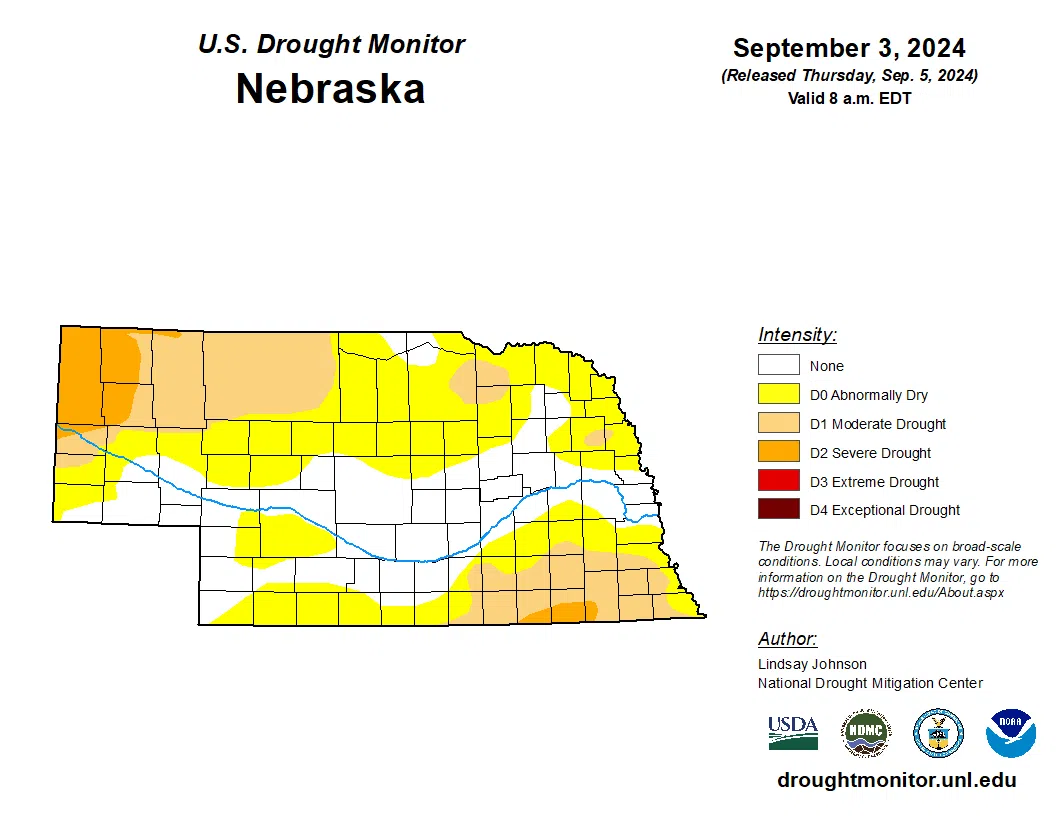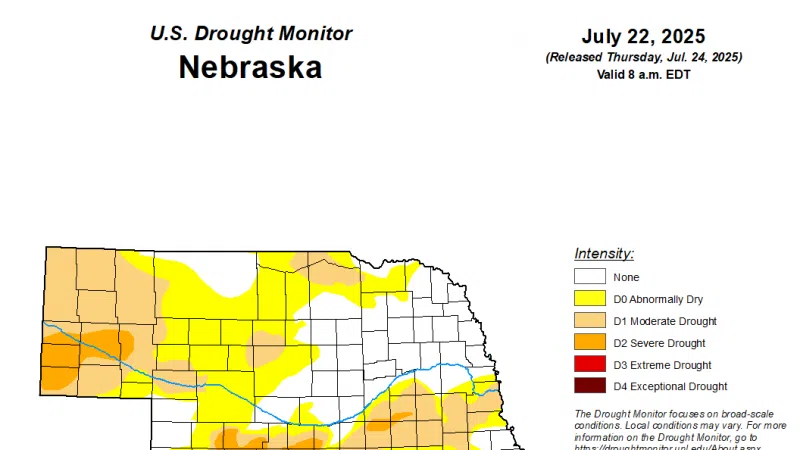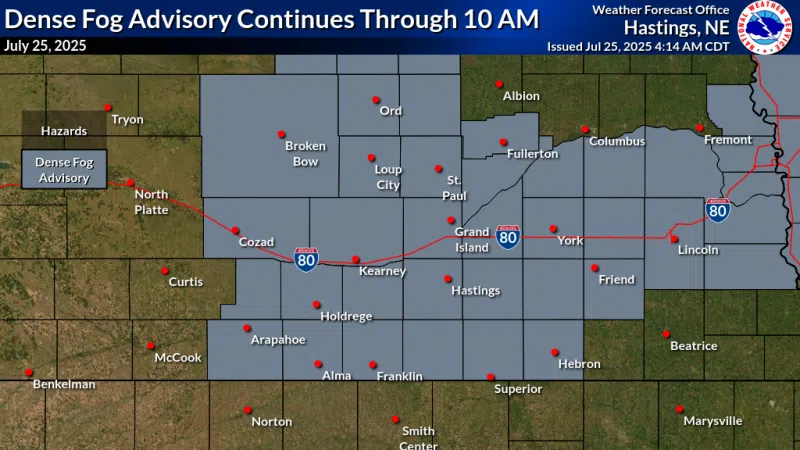HASTINGS — Precipitation amounts have dried up across central Nebraska since early July, sparking concern that onset of drought conditions are just around the corner.
While south central Nebraska saw higher precipitation amounts during the spring, with multiple severe weather episodes; rainfall totals have dropped off since the start of July.
According to the National Weather Service – Hastings, most of their area has only seen 40-75 percent of their normal precipitation amounts.
The areas with the lowest rainfall amounts from July 8 to Sept. 6 included Stromsburg, 2.06 inches; the Hastings NWS office, 2.22 inches; six miles east of Hastings, 2.30 inches, Waco, 2.67 inches and the Ord Airport, 2.68 inches.
The communities that have seen higher rainfall amounts are on the periphery of the NWS Hastings warning area.
The area with the highest totals includes Cambridge, 7.42 inches; 10 miles east of Hunter, Kan., 6.74 inches; Roseland, 6.67 inches; Blue Hill, 6.53 inches and Arapahoe, 6.41 inches.
For reverence the normal rainfall totals through this period range between 6-7 inches.
The Tri-City Airports precipitation amounts during this time are as follows:
- Grand Island, 3.14 inches, 51 percent of normal
- Hastings, 2.83 inches, 43 percent of normal
- Kearney, 2.43 inches, 58 percent of normal
Coupled with the hot and dry conditions throughout this week, there are elevated fire weather conditions from Tuesday and Wednesday.
The combination of low relative humidity, sustained winds of 15-20 mph and lack of recent rainfall have contributed to the threat. Residents should take precautions when conducting burnings outdoors during this period.
Drought conditions have begun to creep their way back into Nebraska, with areas southeast of the Tri-Cities seeing the onset of moderate drought, D1, conditions and abnormally dry, D0, conditions.
“Abnormal dryness spread towards central Nebraska as the precipitation this week was very spotty. Southeast Nebraska into north-central and northeast Kansas saw both abnormally dry and moderate drought conditions expand despite precipitation this week, due to longer-term dryness,” according to the U.S. Drought Monitor.















